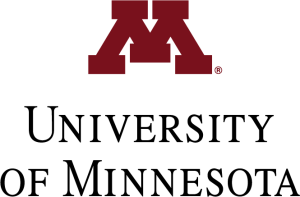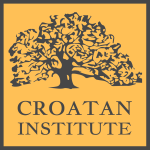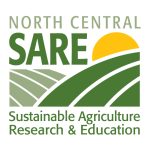Insights from Analyses of Farms in the Upper Midwest
This booklet aims to inform farmers’ key partners—in particular, farm business management educators, agricultural lenders, and conservation educators and professionals—about the financial costs and benefits of conservation agriculture practices to assist their work with farmers.
DOWNLOAD THE BOOKLET
The booklet focuses on four of the most common conservation practices: cover crops, reduced tillage, nutrient management, and managed grazing. The sections for each of these practices are also available as the following separate fact sheets.
- Download The Financial Impacts of Cover Crops
- Download The Financial Impacts of Reduced Tillage
- Download The Financial Impacts of Nutrient Management
- Download The Financial Impacts of Managed Grazing
The information included in this booklet was gathered through a review of existing research on the financial impacts of conservation practices on production systems in the Upper Midwest region. The research includes national statistics from the United States Department of Agriculture’s (USDA) Census of Agriculture and the National Cover Crop Surveys. Sources at the regional and state level come from Extension reports, multi-farm case studies, on-farm comparison trials, and state Department of Agriculture reports.
The booklet is an outcome of a North Central Sustainable Agriculture Research and Education (SARE) grant called “Closing the Financial Information Gap in Conservation Agriculture.” The project is a collaboration between the North Central Region Water Network, the University of Wisconsin–Madison Division of Extension, the University of Minnesota Water Resources Center, Environmental Defense Fund (EDF), Compeer Financial, and Croatan Institute. Through training and resource development, the project’s goal is to increase knowledge about the financial impacts of conservation practices among conservation educators, farm business management educators, and agricultural lenders to enhance their abilities to support farmers’ decisions.
 |
 |
|
 |
 |
 |
 This material is based upon work that is supported by the National Institute of Food and Agriculture, U.S. Department of Agriculture, under agreement number 2021-38640-34714 through the North Central Region SARE program under project number ENC21206. USDA is an equal opportunity employer and service provider. Any opinions, findings, conclusions, or recommendations expressed in this publication are those of the author(s) and do not necessarily reflect the view of the U.S. Department of Agriculture.
This material is based upon work that is supported by the National Institute of Food and Agriculture, U.S. Department of Agriculture, under agreement number 2021-38640-34714 through the North Central Region SARE program under project number ENC21206. USDA is an equal opportunity employer and service provider. Any opinions, findings, conclusions, or recommendations expressed in this publication are those of the author(s) and do not necessarily reflect the view of the U.S. Department of Agriculture.